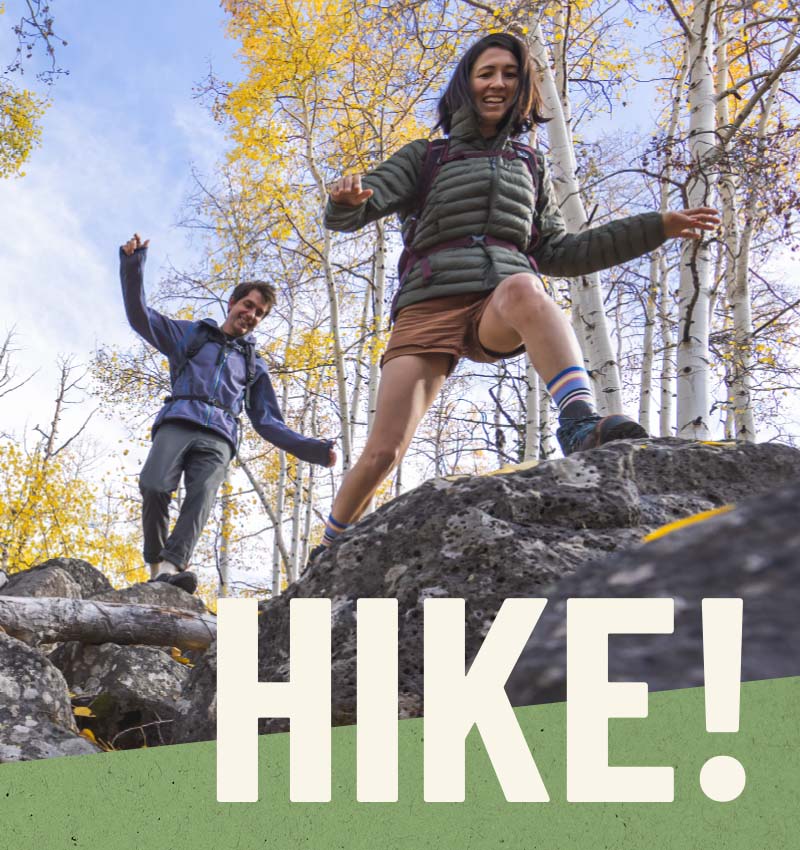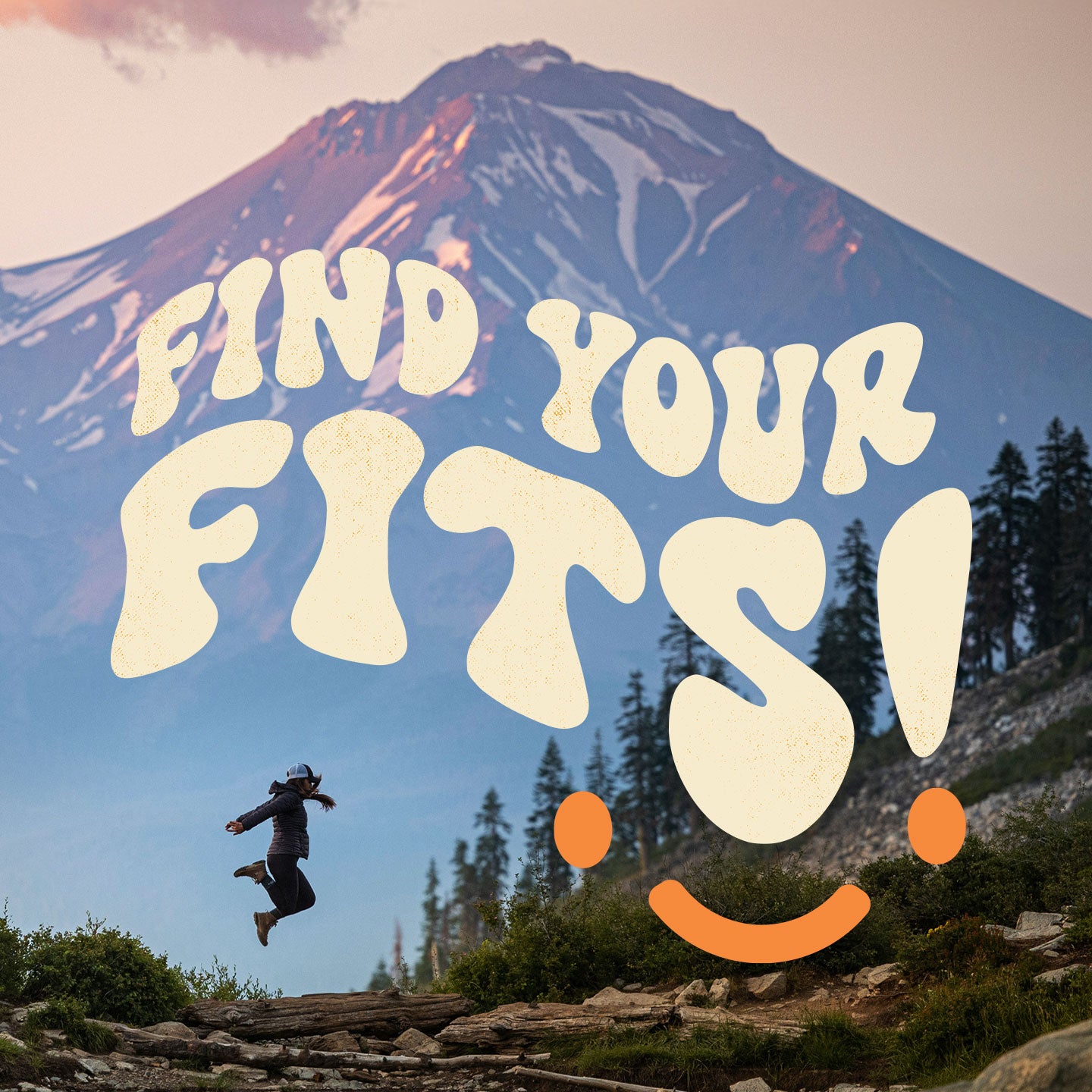Most people think of skiing as simply sliding down a snow-covered slope on two long, thin boards. However, there are many types of skiing, each with unique challenges and benefits. Downhill skiing involves skiing down a groomed slope at high speeds. Freestyle skiing focuses on performing aerial tricks and maneuvers. Cross-country skiing is a more gentle form of the sport that involves traveling over relatively flat terrain. And then there’s backcountry skiing. What is backcountry skiing? Keep reading to discover the joys and challenges of the sport and how to get into backcountry skiing.
What is Backcountry Skiing, Exactly?
You may be familiar with downhill skiing, but what is backcountry skiing? Backcountry skiing takes place in undeveloped or ungroomed areas. This can include off-trail skiing in developed ski areas and skiing in backcountry or cross-country areas with no trails or groomed snow. Backcountry skiing generally requires more physical exertion than downhill skiing, as skiers often hike or “skin” uphill to reach their destination.
Backcountry conditions can be more unpredictable and dangerous than those found at resorts, so skiers must be prepared for anything. However, backcountry skiing can also be immensely rewarding, offering skiers the chance to explore untouched powder and uniquely experience the wilderness.
Why Do People Go Backcountry Skiing?
For many people, skiing is a way to escape the hustle and bustle of everyday life. It's a chance to get out into nature, away from the crowds and the lift lines, and explore the quiet beauty of the mountains. Backcountry skiing takes this one step further, offering an even more immersive experience. However, backcountry skiing requires a high level of fitness, experience, and a willingness to accept the inherent risks.
Backcountry skiing provides a unique and exhilarating way to experience the mountains for those who are up for the challenge. Are you? If so, keep reading to learn how to get into backcountry skiing.
How to Get into Backcountry Skiing: Top 9 Essential Items
Planning to head off the beaten path this ski season? Wondering how to get into backcountry skiing? In addition to the standard equipment like skis, boots, and bindings, you'll need to bring a few extra items to stay safe in the wilderness. Here are nine backcountry skiing essentials every backcountry skier should pack.
1. Navigation
Knowing where you are at all times is essential when backcountry skiing. Having the proper navigational tools will ensure your trip goes smoothly while offering peace of mind. Most skiers choose a GPS to navigate their trips. However, it's a good idea to have a backup, like a trusty map (with a protective case) and compass.
2. Sun Protection
Sun protection is one of the most important things to pack for your ski trip into the backcountry. The sun can be deceptively strong at high altitudes. You must use sunscreen, lip balm, and sunglasses to protect your skin and eyes while backcountry skiing. Many skiers also wear balaclavas to provide extra warmth and protection from the sun.
3. Ski Clothes
In addition to sun protection, you should always wear appropriate clothing for the conditions. Layering is key in the mountains, as the weather can change quickly. Always bring extra clothes, and make sure your clothing is breathable to prevent perspiration build-up. You’ll also need a good pair of skiing socks. At FITS®, our ski socks are designed to keep your feet warm and dry in even the harshest weather conditions.
READ MORE: What to Wear Skiing to Keep Warm
4. Light Source
Not every trip goes according to plan, so it's important to be prepared when adventuring into the backcountry. One of the most essential items you'll need is a light source. A headlamp or flashlight can be invaluable if you find yourself stranded at night. Make sure to pack extra batteries as well, just to be safe.
5. First-aid Kit
Whether you're an experienced skier or venturing into the backcountry for the first time, it's important to be prepared. That means packing the essentials, including a first aid kit. A proper first aid kit for backcountry skiing should include:
- Face shield for administering CPR
- Trauma pads to stop bleeding quickly
- Bandages to stabilize sprains and strains
- Medications to provide relief from allergies, pain, fevers, and upset stomachs
- EMT shears, precision forceps, and a thermometer for backcountry medical care
- Moleskin to reduce friction and decrease blister irritation
Although the list may seem excessive, all backcountry skiers must be prepared. A proper first-aid kit can help ensure a safe and enjoyable trip into the backcountry.
6. Heat Source
Weather conditions can change rapidly, and if you get stranded in the backcountry, you’ll need to keep warm. A heat source can be anything from matches (in a waterproof case) to a lighter to fire starters. If weather conditions change or an unexpected injury leaves you stranded, having a reliable heat source could make all the difference.
7. Repair Kit and Tools
Make sure to have a repair kit to fix any broken equipment and a knife or multitool. You never know when you’ll need to defend yourself against wildlife or create a path through the wilderness.
8. Food and Water
Extra food provides the energy you need to ski all day and can give you a much-needed calorie boost if you get lost or stranded. In addition, extra food can help keep your body warm, which is especially important in cold weather. And, of course, you need to stay hydrated. Backcountry skiing is challenging, and drinking enough water is essential to keeping your body alert and agile.
9. Emergency Shelter
When backcountry skiing, it's always important to be prepared for the worst. This means packing an emergency shelter in case you get stranded overnight. A tent is a good option, but a tarp can also be used to create a makeshift shelter. In addition, you should pack an extra blanket or sleeping bag to keep yourself warm. When you take time to prepare to get into backcountry skiing, you can have an incredible adventure.
Find the Best Backcountry Skiing Socks from FITS®
At FITS®, we understand your desire to explore the backcountry. And for that reason, we have designed and crafted the best-fitting, best-feeling skiing socks made from the highest quality materials. Shop our men's ski socks and women's ski socks today, and let the adventure begin!


